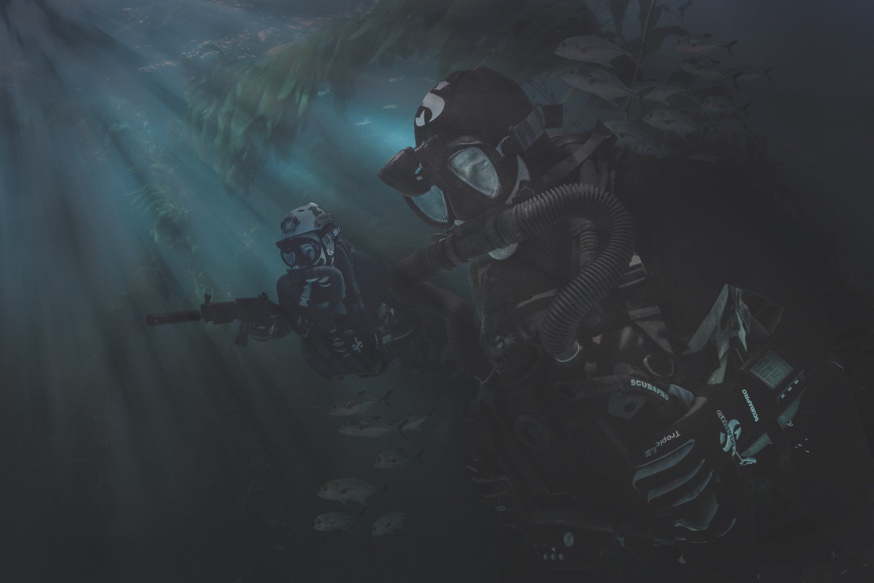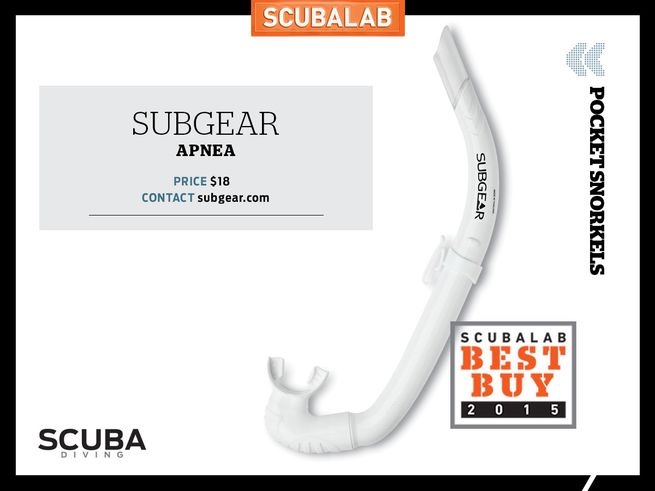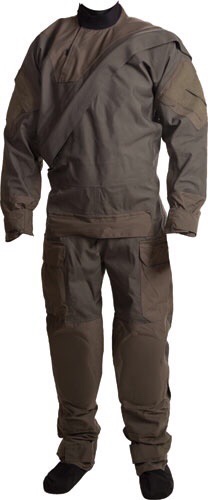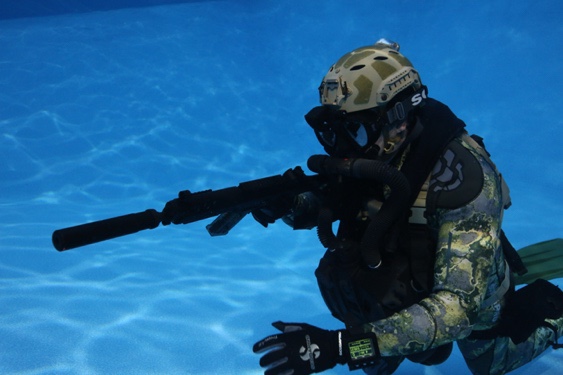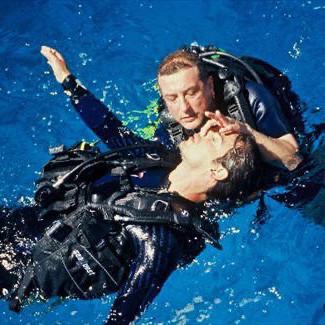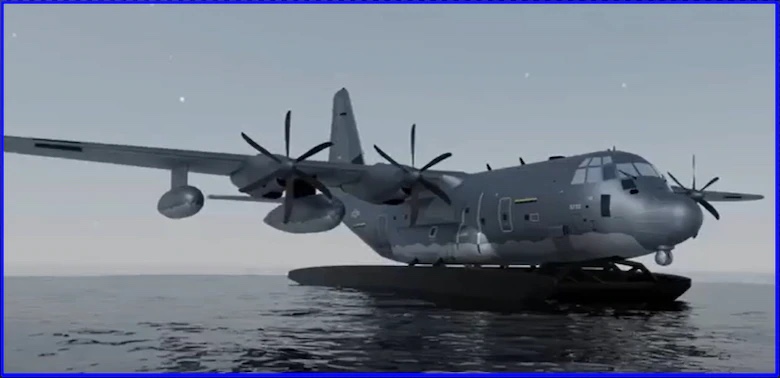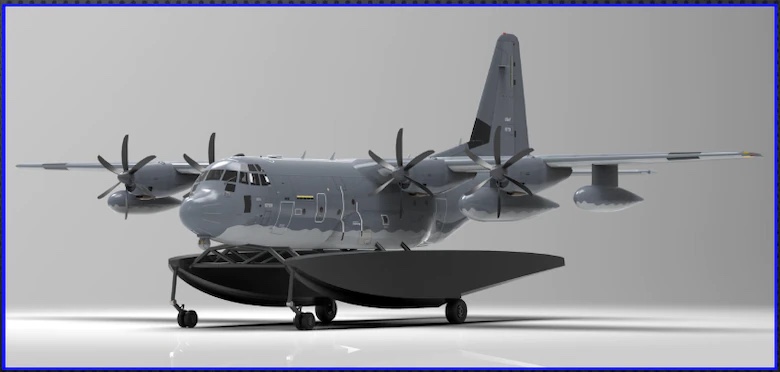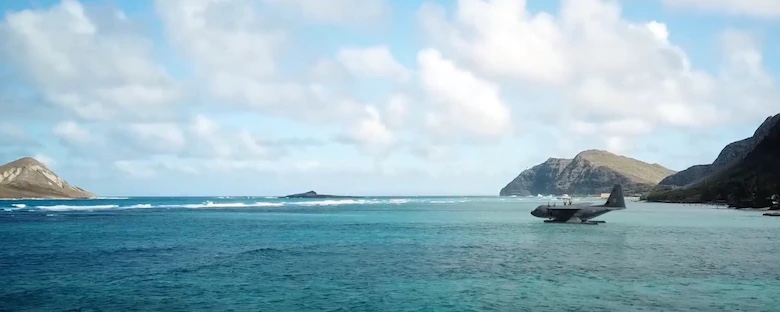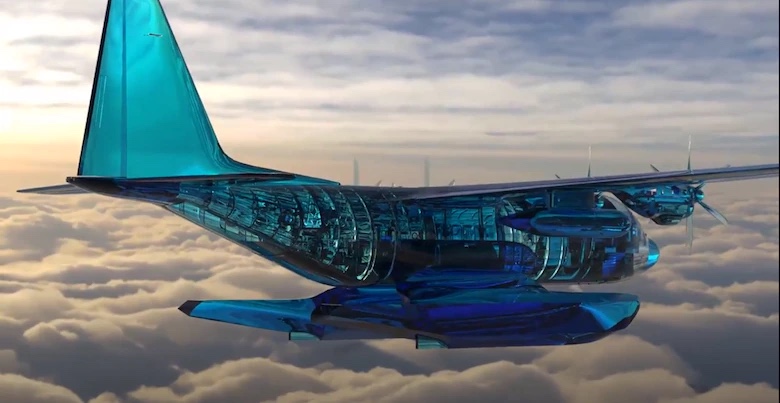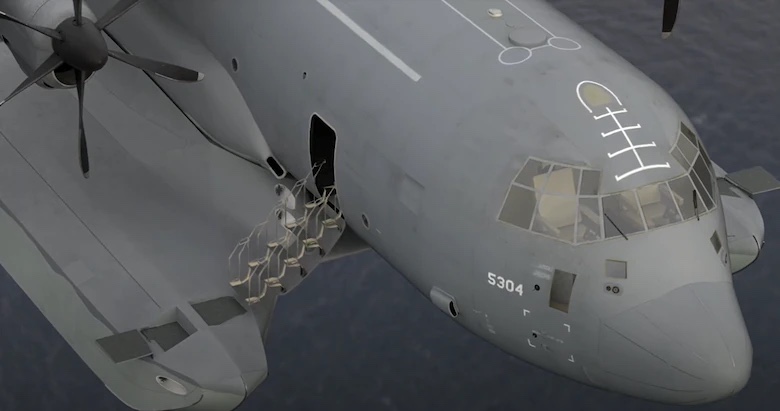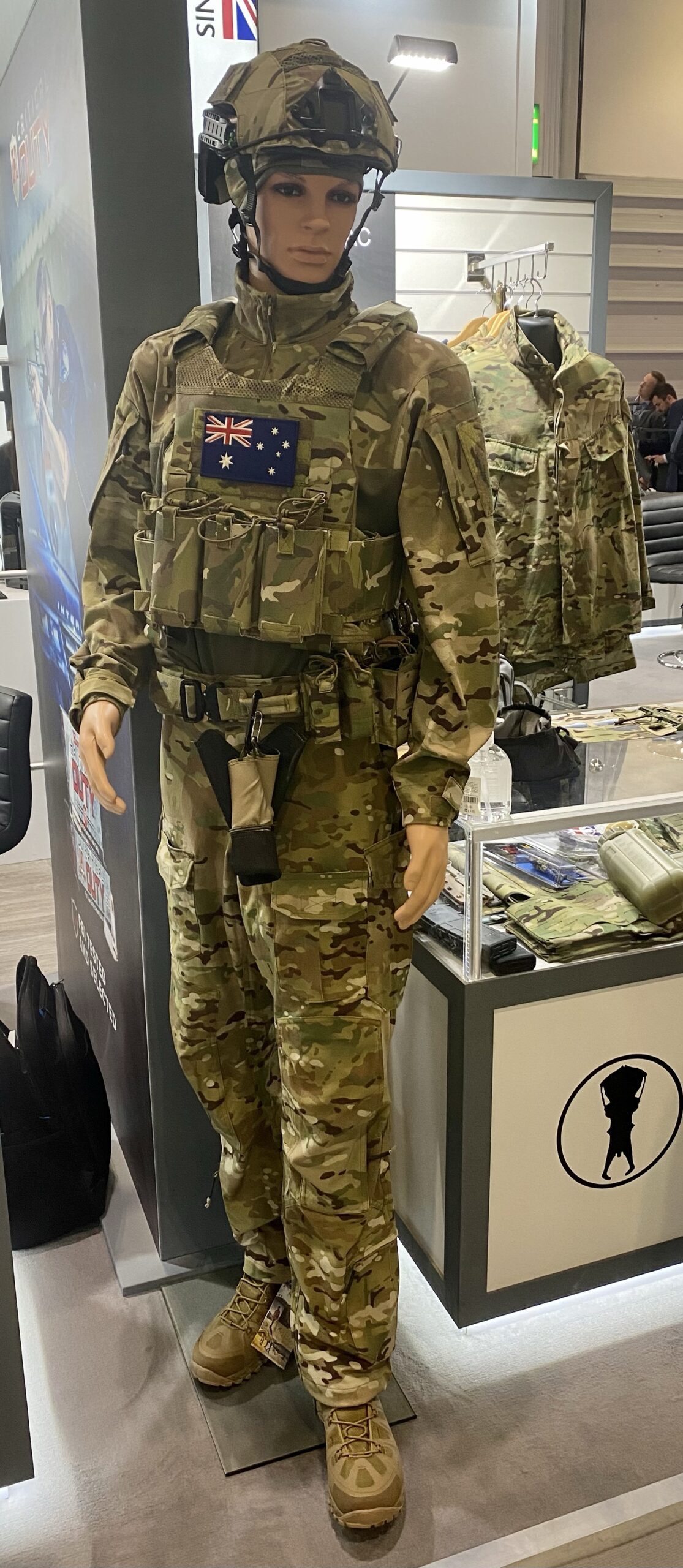(Washington, D.C.) – The Whiskey Project, an Australian Veteran-owned company known for defense watercraft innovation, is proud to globally reveal a new era in combatant watercraft – the WHISKEY Multi Mission Reconnaissance Craft (WHISKEY MMRC).
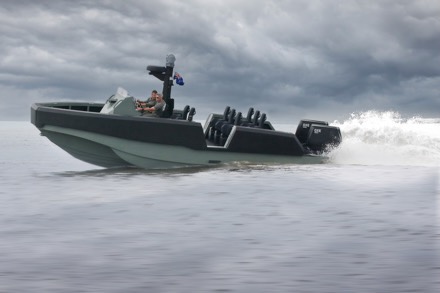
WHISKEY MMRC redefines combatant craft, integrating a high-performance hull, a fully modular design for multiple mission configurations, and a technology suite of game-changing, advanced systems and sensors. The purpose-built features provide unprecedented end-user safety, multi- mission adaptability, interoperability, mobility, survivability, and lethality across contemporary maritime environments such as the Indo-Pacific region. “Every detail of the WHISKEY MMRC was purpose built and designed for end-user safety and mission success,” said Darren Schuback, Co-Founder and Managing Director of The Whiskey Project, an Australian high-performance watercraft company. “We are providing end-users with an advanced hull technology that significantly enhances human performance, safety, and the ability to integrate modular features and host advanced systems and sensors, so the warfighter can control the advantage in the operational maritime environment.”
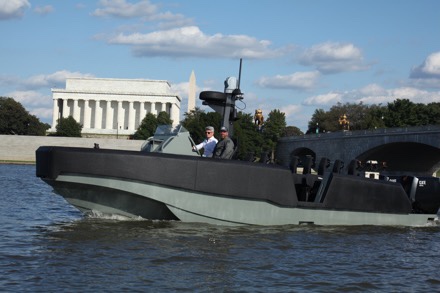
Designed by warfighters for warfighters, WHISKEY MMRC is doctrinally developed to provide maneuver from the sea to support reconnaissance and counter reconnaissance, surveillance, collections, target acquisition, interdiction and battlespace shaping operations. The foundation of the WHISKEY MMRC – its high-performance hull – underpins the watercraft’s ability to undertake these diverse mission sets while reducing slam loading to personnel by up to 40%. The reduction in slam load increases safety and stability during intense maneuvering, while enhancing fuel efficiency, payload, and workable deck space with a significantly increased size to effect ratio.
Coupled with WHISKEY MMRC performance is the WHISKEY HORIZON STRIKETM technology suite, a game-changing low signature Sense First, See First, Strike First solution that combines advanced maritime systems, sensors and effectors with proven in-service tactical networks and situational awareness tools. Developed by Aries Defense in partnership with The Whiskey Project, WHISKEY HORIZON STRIKE is fundamentally integrated into the WHISKEY MMRC design, facilitating enhanced operational awareness, command and control, and coordination of multi-domain effects to provide Commanders with decision dominance.
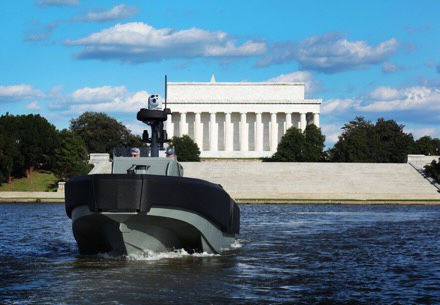
“The doctrine drove the design”, said Darren Schuback, “and the Whiskey Multi Mission Recon Craft will transform how combatant craft and crew operate, providing an unparalleled level of joint capability, operational agility, affordability and availability.”
“I’ve been in the fight, and this is the combatant craft that we’ve needed,” said Josh Iversen, a U.S. Marine combat veteran, and Business Development Manager at The Whiskey Project. “Our end- users deserve to turn up at the fight fit and ready, not suffering from watercraft-related fatigue and injuries. They need a combatant craft that gives them an immediate advantage, greater survivability, and lethality. WHISKEY MMRC is the only watercraft in the world that is purpose built to meet the operational maritime challenges we face today,” continued Iversen.
Named after the military call sign ‘Whiskey’ for Australian Special Forces water operators, The Whiskey Project is a veteran-owned company whose founders – former Australian Navy Special Operations Clearance Divers – set out to create “the watercraft we wish we’d had.” The Whiskey Project is a subsidiary of The Whiskey Project Group, a trusted supplier to the Australian Defence Force. “We know from experience how critical it is for the operation and the end-user to have the capabilities they need when they need them,” said Schuback. “The Whiskey Project watercraft are designed and built specifically for Warfighter and mission needs.”
www.thewhiskeyproject.com.au/who-are-whiskey


